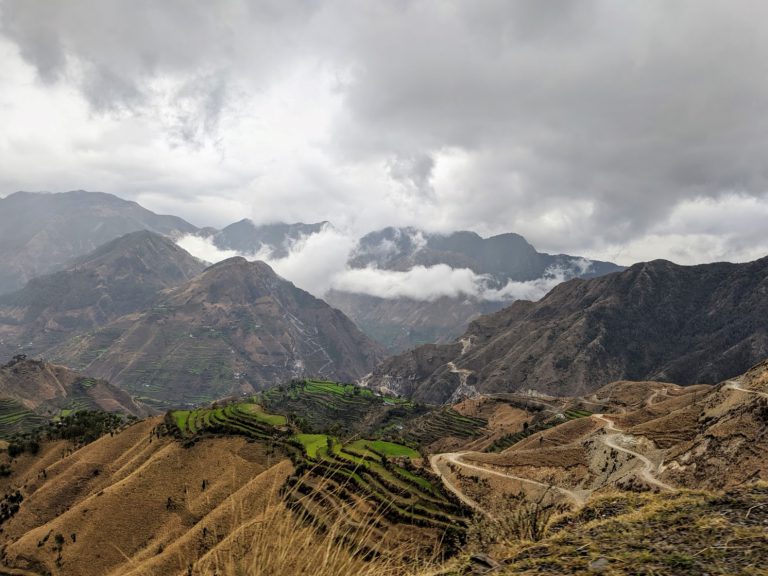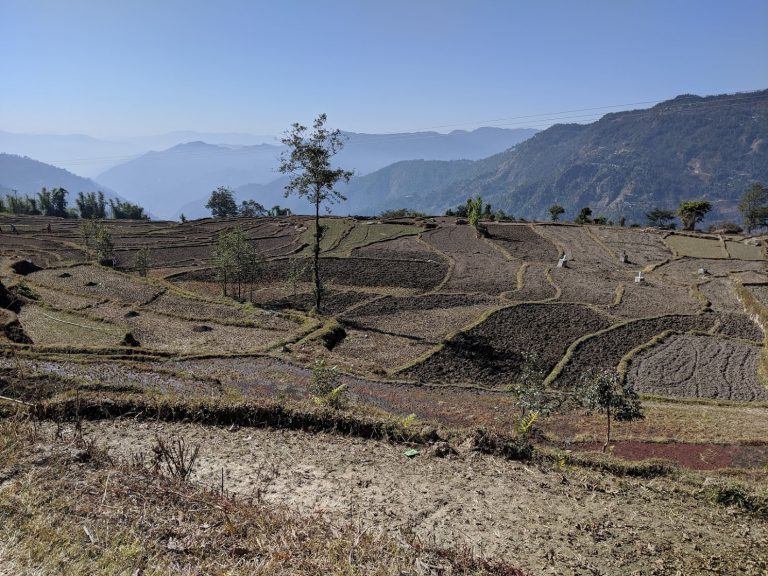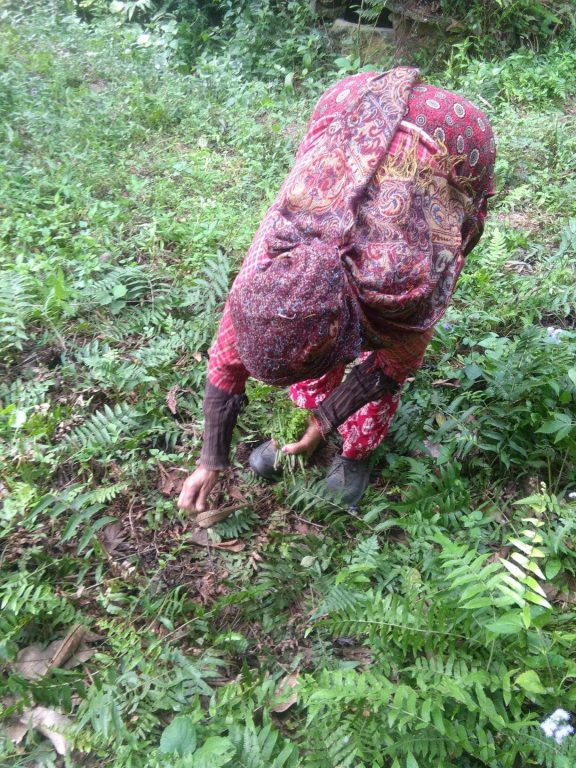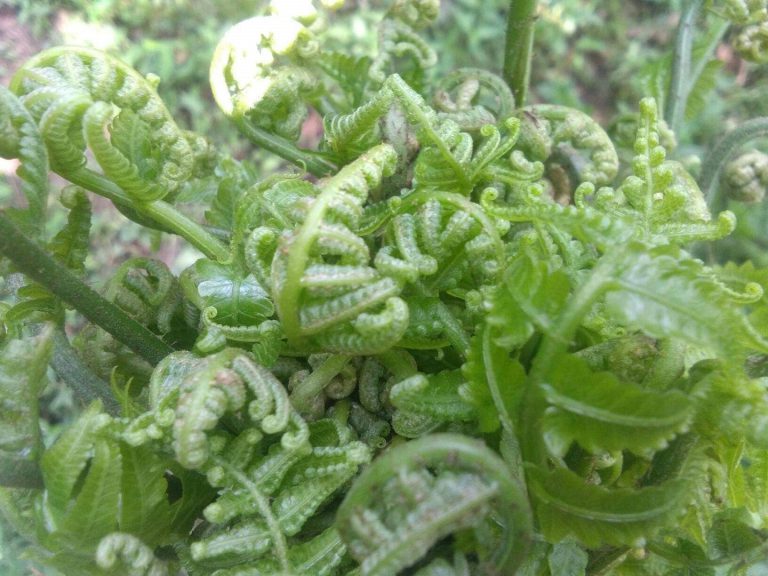This blog post is written by Anudini Wijayarathna, intern at SLU Global & Master’s student in Rural Development & Natural Resource Management at SLU. The content is based on her experience in participating in a Committee on World Food Security (CFS) 47 Side Event and thoughts on it.

Having participated in the CFS 47 Side Event on ‘How COVID-19 affected school feeding programmes and how to strengthen them post-COVID, including through home-grown school meals’, I realised the importance of having a school meal system. Besides, I have been able to contemplate the necessity of prioritising school feeding even amidst a scenario where schools are closed and students are getting adapted to distance learning currently.
Providing school meals has been one of the main prevailing initiatives to ensure food security for children. Thus, I believe school meal programmes can be considered as a vital step taken by several countries to achieve the UN Sustainable Development Goal ‘Zero Hunger’.
School meals as a factor beyond food security
In the event, different international professionals with hands-on experience spoke about many positive impacts on the society by school meals, beyond ensuring food security. Ville Skinnari, Minister for Development Cooperation and Global Trade, Finland, said; “Providing nutritious food in schools is among the best investments for the future”. Evidence gathered from Finland indicates that “school meals produce high returns in terms of education results, gender equality, health, social protection and economic and agricultural development”. The minister highlighted that, Finland suffered from poverty after World War II and had low literacy rates. In such a situation, school feeding became a transformative innovation to attract children to schools and to increase their literacy rate. He also emphasised that, school meals in Finland provide one-third of a person’s daily nutrition requirement.
The discussion among the practitioners further revealed that the school meal is a key factor to initiate especially girls’ education. Indirectly, school feeding programmes have also become significant in reducing female child marriages and teenage pregnancies. Additionally, providing nutritious school meals is also a crucial matter of uplifting the nutrition status among girls.
Furthermore, Samuel Mulinda, Permanent Secretary, Ministry of Education, Rwanda stated, “having a meal in the school is a right to every child within the government of Rwanda” and it has been nearly a decade since Rwanda initiated school feeding. Recently, they embraced a new policy to expand the school feeding system in the basic education levels. A new scheme includes a procurement method to give easy access to purchase food from local smallholder farmers. Accordingly, school meals have become a source of stabilising the agricultural market system within the local economy.
Will it still be feasible during the pandemic?

While countries like Rwanda, Brazil, USA, Finland, India, and many others all over the globe are having different school feeding programmes, the COVID-19 pandemic struck the world in 2020. Many governments had to shut down schools completely or partially for the safety of children. Yet, it wasn’t the end of school meals. Even if the schools shifted to distant learning, some countries modified their systems to maintain school feeding. The event unfolded how Finnish municipalities adopted providing in-kind food or food vouchers for children during the pandemic.
Moreover, Bruno Costa e Silva, National School Feeding Programme Analyst, National Fund for the Development of Education, Brazil, stated that Brazil implemented a programme to distribute school meals during the crisis. The involvement of municipalities and civil society organisations is remarkable in executing this programme. He also highlighted the significance of incorporating smallholder farming into the school feeding system. He described how in the state of Amazonas, food production and food supply for school feeding is continuous under family farming during the pandemic. It is also essential that public policy should be in favour of smallholder farming and home-grown school meals. Besides, Paola Barbieri, Project Analyst, Brazilian Cooperation Agency, drew attention to the important role played by South-South Cooperation in continuing school feeding programme in Brazil.
Furthermore, Lindsay Carter, Director, USDA McGovern-Dole Food for Education Program, USA, spoke about the strategies utilised under the McGovern-Dole Program to stabilise school feeding in the needful countries. The programme is actively engaged in providing commodities and technical and financial assistance to school feeding. During the COVID-19 crisis, the McGovern-Dole Program shifted to distribution of take-home rations to children while monitoring the processes. Additionally, the programme upholds collaborating with national governments, local smallholder farmers and communities to safeguard school feeding.
Start, if there isn’t; Continue, if there is
Amidst the COVID-19 pandemic and the economic crisis followed by the pandemic definitely, providing school meals is a critical task especially, in the most fragile countries. Nevertheless, considering the numerous benefits that can be reached through school meals, I believe countries should consider continuing school feeding. In the countries where there were no school feeding programmes, it would be best to lay a stepping stone to start at least now. Specifically, in the countries where children are suffering from stunting, wasting, anemia and many other health issues due to malnutrition, initiating school feeding will be an extremely positive investment for the future.
When implementing the programmes, strategies may differ from country to country. However, as the experts in the event stressed out, school feeding programmes can be reached through national and global collaborations. I also firmly believe in the benefits of prioritising local smallholder farming and incorporate it into the school meal programme. Moreover, well-coordinated collaborations between intranational institutions are also essential to initiate such a scheme.
This way, we still can prepare to embrace the post-pandemic world with a healthy and educated generation. Nonetheless, it is up to us to decide how we are going to embrace the future. Are we going to give the future of the world to a weaker generation or to a stronger generation? I’m sure you’ll find it as food for thought.





